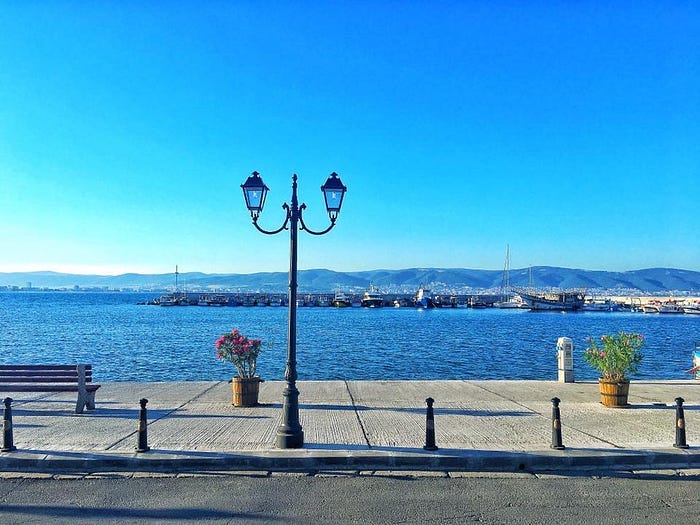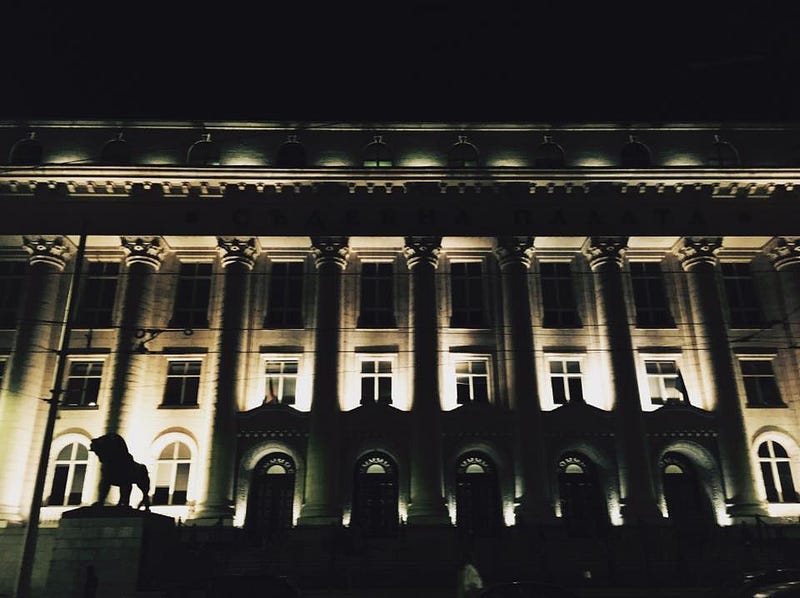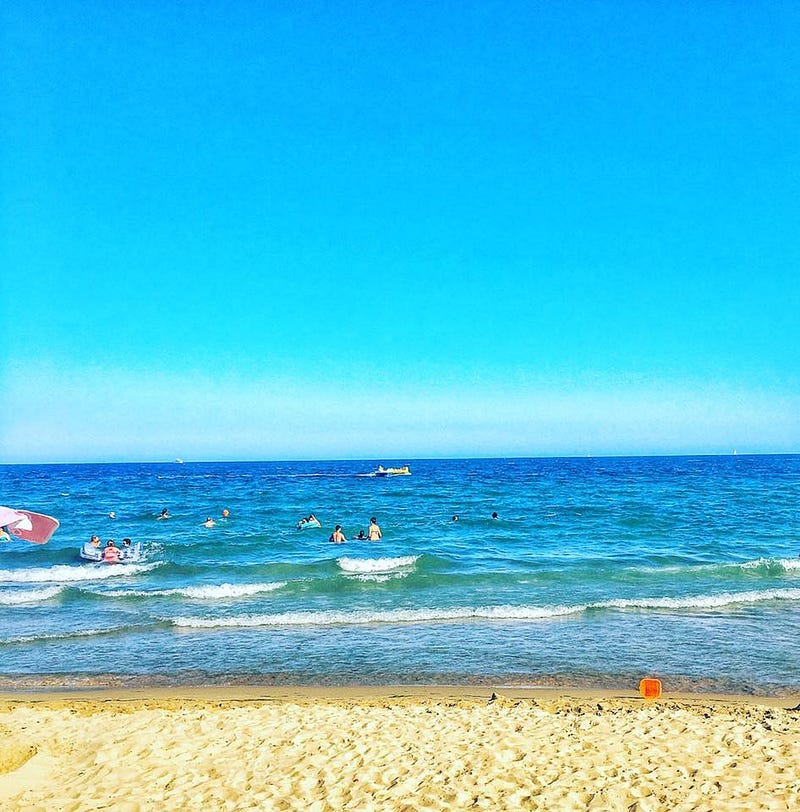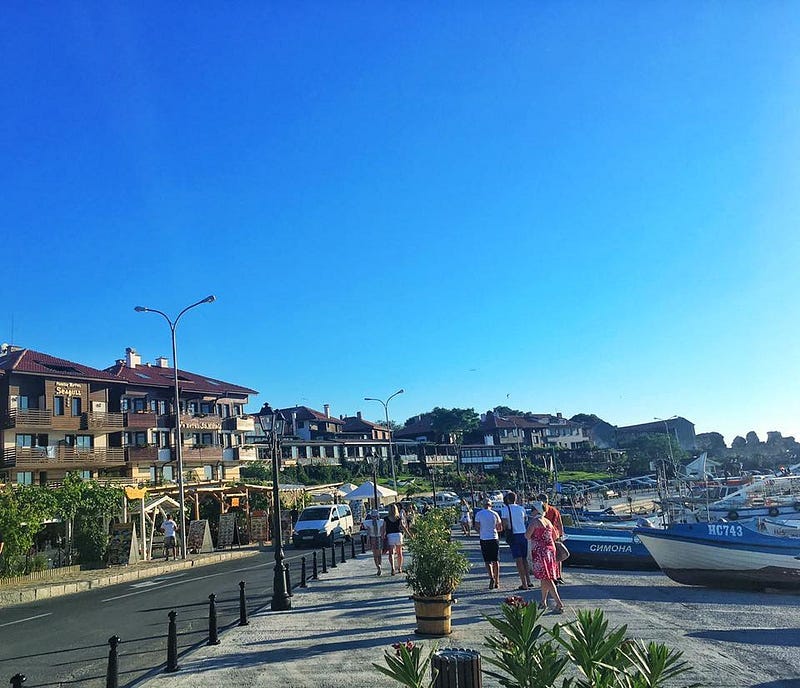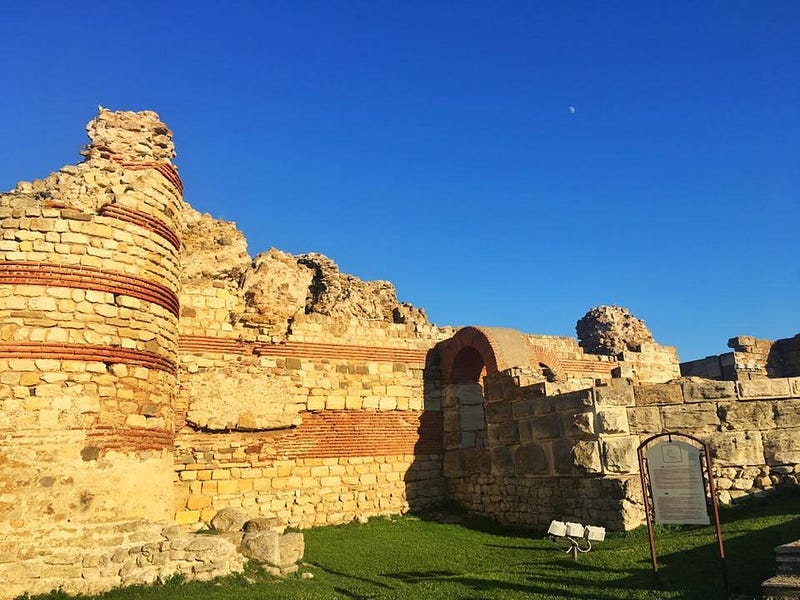Exploring Nesebar: Ancient Pearl of the Black Sea
A seaside Bulgarian town with a 3,000-year-old history
Growing up, the beach was an hour’s drive away. Being near the sea has always felt magical. So, I didn't need much convincing when a buddy invited me to his group for a trip to Sunny Beach, Bulgaria. I had never visited the Black Sea shore and was looking forward to it.
But little did I realize I was in for a surprise.
A stone’s throw away from Sunny Beach's glamorous seaside resorts is the ancient city of Nesebar. Dubbed the “Pearl of the Black Sea,” it is indeed a gem for travelers. Even though I love going for swims and eating at seaside restaurants, my favorite thing to do is take long walks in historic places.
Our trip to Nesebar was rushed, but I recommend visiting this gorgeous town. The city has a 3,000-year-old history that lives on through its fortifications and churches. It was one of the first settlements to mint coins. The aroma of roses wafts across a bustling market tucked away among the ruins and heritage buildings.
My journey to Nesebar wasn’t typical. I was flying from Vienna and took a longer route. Before going to Sunny Beach, we stopped in Sofia, Bulgaria’s capital.
A Pitstop in Sofia
I arrived in Sofia and was pleasantly surprised to encounter friendly immigration personnel. The officer reviewing my documents showed me photos of his stint as a stuntman in a Bollywood movie. I was taken aback. Immigration is the least enjoyable part of travel. One is fortunate to clear immigration without hassle. But in Bulgaria, the officers were welcoming and even cracked jokes.
Sofia is a city with many faces. Vibrant nightlife, bustling markets, and new high-rises coexist with dreary Soviet-style apartments. We stopped at a friend’s house before heading to Vitosha Boulevard for dinner. The street is lined with designer outlets and heritage buildings.
The majestic Palace of Justice is one of the most prominent government buildings on the boulevard. Locals explained that the purpose of this “palace” was to merge all of the city’s courts under one roof. Construction began in 1929 and was finished in 1940. It has 24 courtrooms.
We had little time to see Sofia because we were headed to Sunny Beach the next day. The drive takes around five hours(412 km) with breaks. Surprisingly, the cashiers at every gas station knew English, and some spoke German. A shorter route to Sunny Beach is to fly directly to Burgas Airport, a fifty minute flight.
Sunny Beach is a relatively new city, built in 1958 as a seaside getaway. The town has been growing since. I asked the property manager where we were staying and if there were any famous historical landmarks in the area, and she replied, “Check out Nesebar. It’s nearby, and you’ll really like it.”
She was right.
A Contrasting World
Nesebar, a ten-minute drive from Sunny Beach, was another world. Sunny Beach was all about glamor and luxury, while Nesebar was keen on preserving its 3,000-year-old culture.
Underwater archaeological investigations led by archaeologist Lyuba Ognenova-Marinova of the Bulgarian Academy of Sciences revealed five stages of urbanization along the Nesebar coast beginning at the end of the second millennium BC. Ognenova-Marinova was crucial in securing Nesebar's UNESCO World Heritage site status.
The Thracians established Nesebar, initially called Menabria after its founder, Menas. They spoke an Indo-European language and lived in modern-day Bulgaria, Romania, and parts of Greece and Turkey from the Bronze Age (about 1500 BC) to the sixth century AD.
The city’s fortifications, which date back to the eighth century BC, are the most prominent Thracian remnants and will greet you as you enter the historic zone. Later, Greeks and Romans strengthened the city’s defenses. Early Byzantine rulers used a mix of brick and stone, as seen on the walls today. The defensive structures lost their strategic importance after Ottoman control in the fifteenth century. They were abandoned and never repaired.
By the sixth century BC, Menabria had grown into Mesembria, a Greek colony. Strabo says Mesembria was originally a colony of the Dorians from Megara, who were once upon a time believed to have invaded Greece after the Late Bronze Age Collapse. More recent evidence suggests that Dorians were not invaders and the theory of a Dorian invasion of Greece is largely discredited in scholarly circles. Herodotus says Mesembria was founded by fugitives from Byzantion and Chalcedon after they fled from Persian attacks during the Ionian Revolt (499–493 BC), a rebellion of Greek city states against Persian rule.
Archaeological evidence suggests Mesembria was older than the 5th century BC, but it is clear that the town was an important Greek center. An acropolis, an agora, and an Apollo temple are among the most notable Hellenistic remnants.
Nesebar was one of the world’s first settlements to produce coinage. Silver and bronze coins were widely used in the fifth century, while gold coins were introduced in the third century BC.
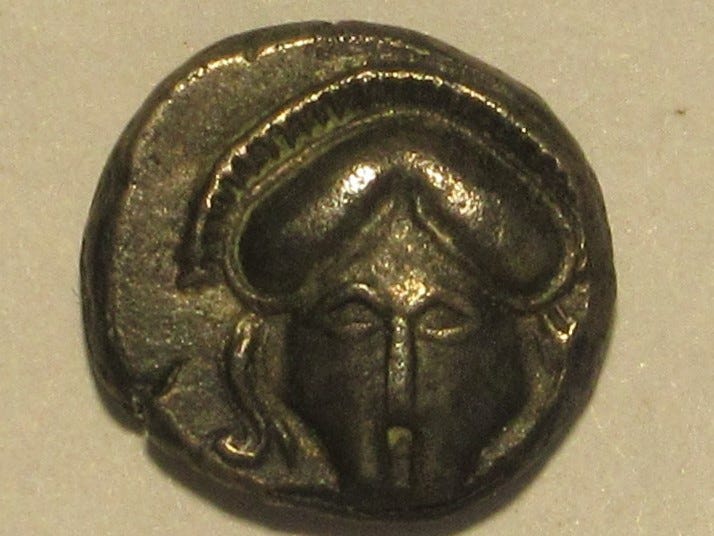

The Romans conquered Nesebar in 71 BC without much resistance. But the city kept its right to mint coins, a rare privilege granted by the Romans. Under Roman rule, Mesembria became an important trading town on the Black Sea coast.
Soon, Rome’s adoption of Christianity ushered a new era in Mesembria’s history.
Keep reading with a 7-day free trial
Subscribe to Forgotten Footprints to keep reading this post and get 7 days of free access to the full post archives.


